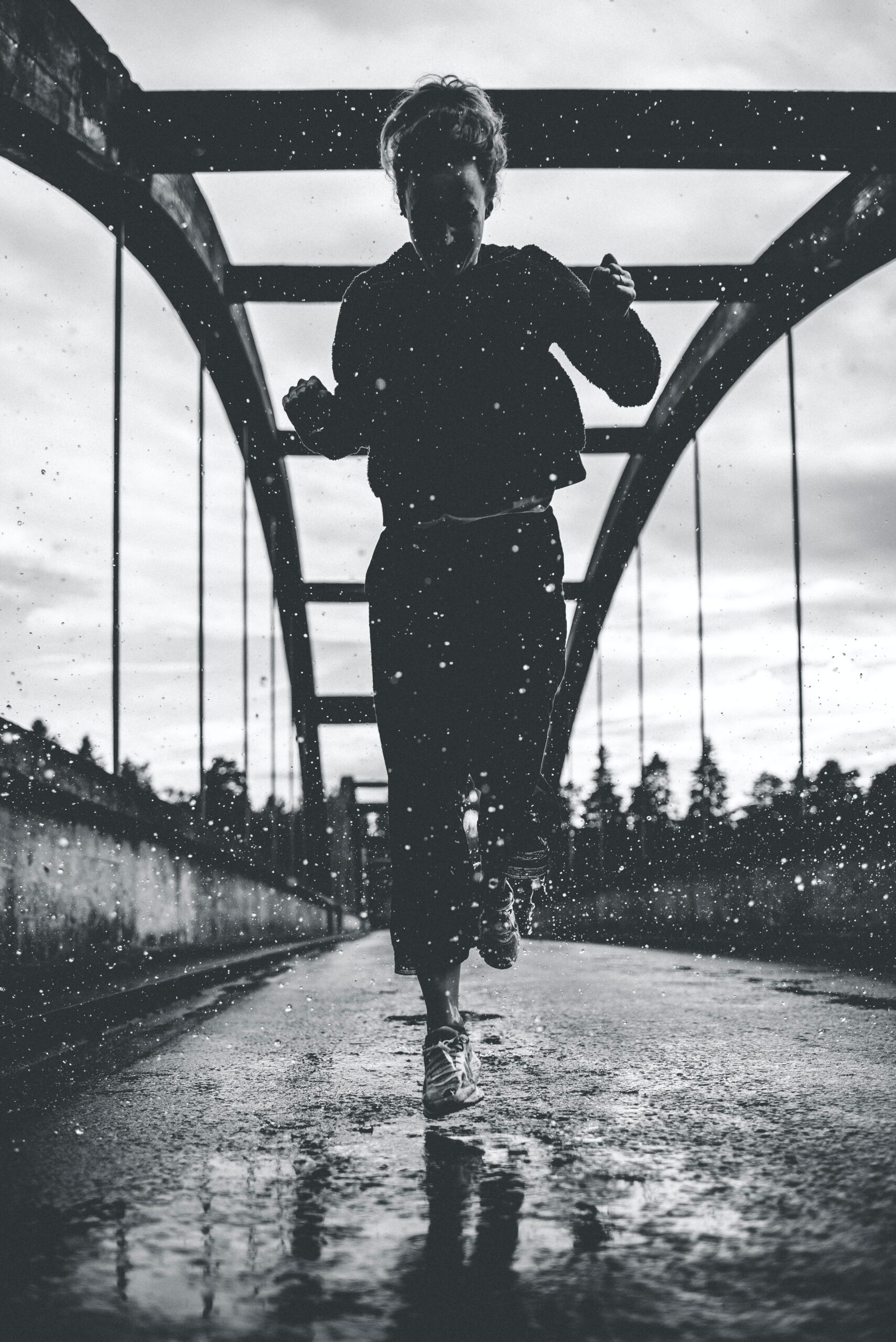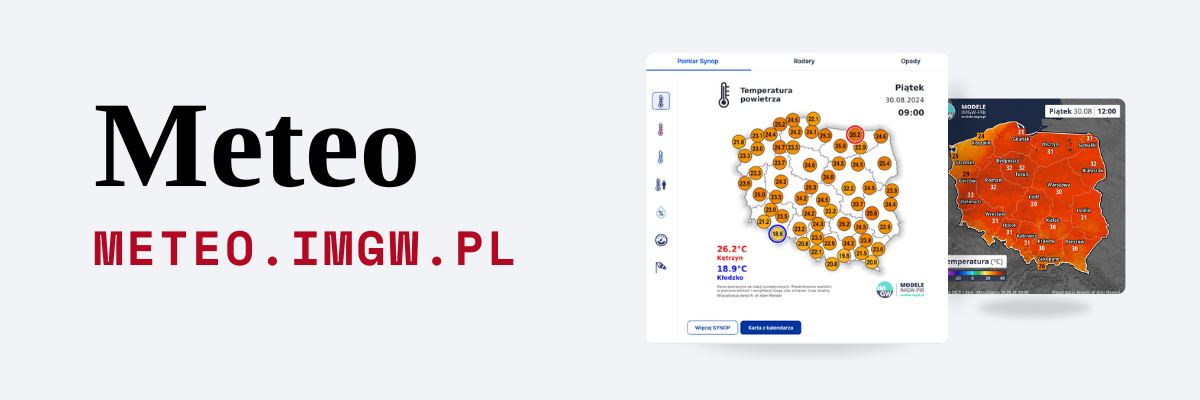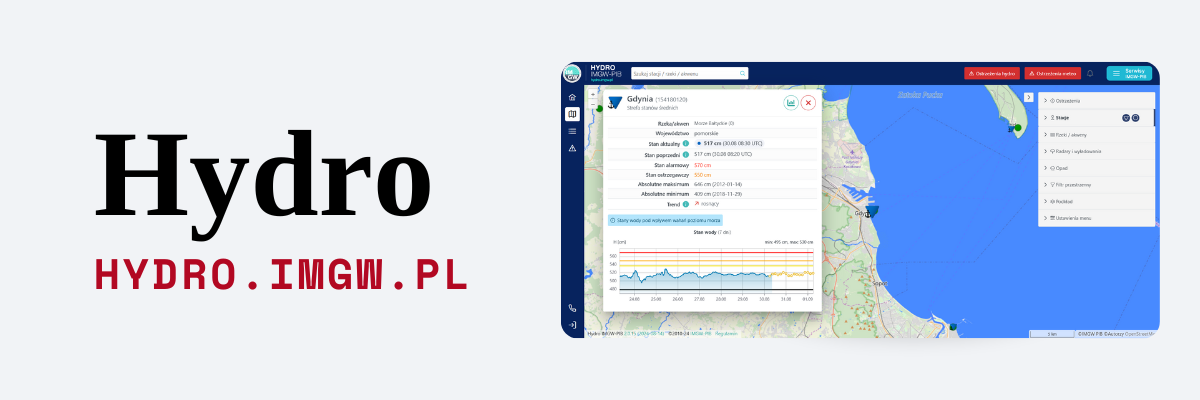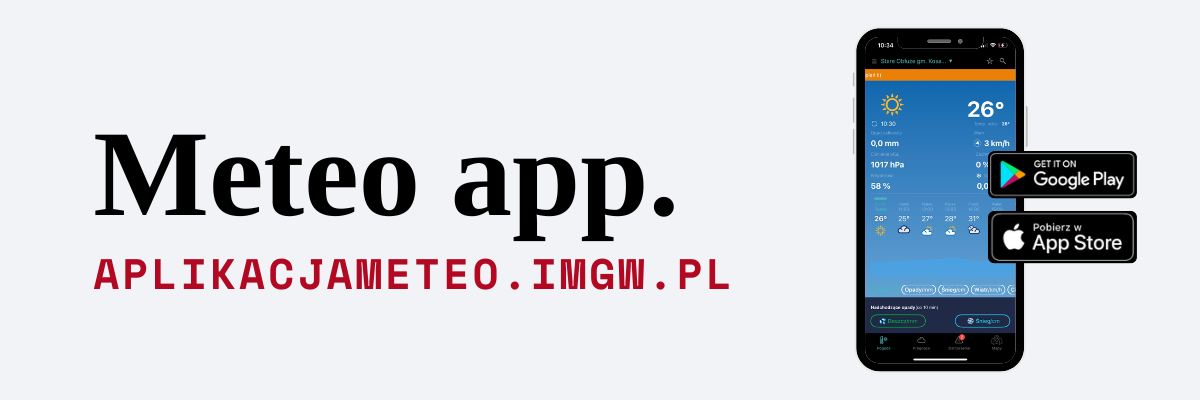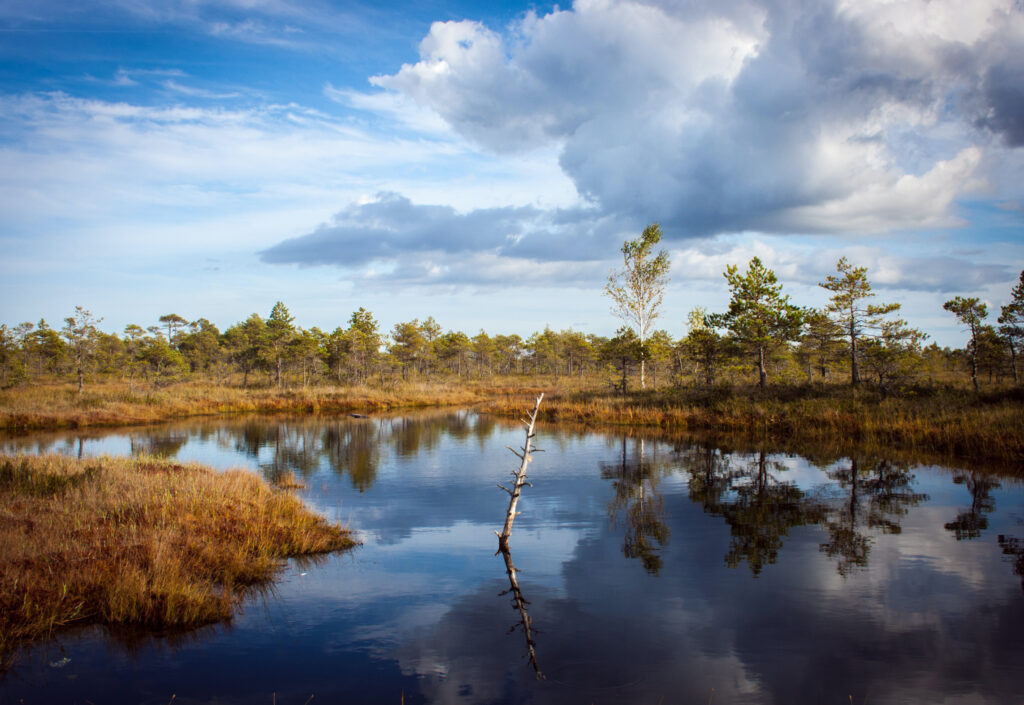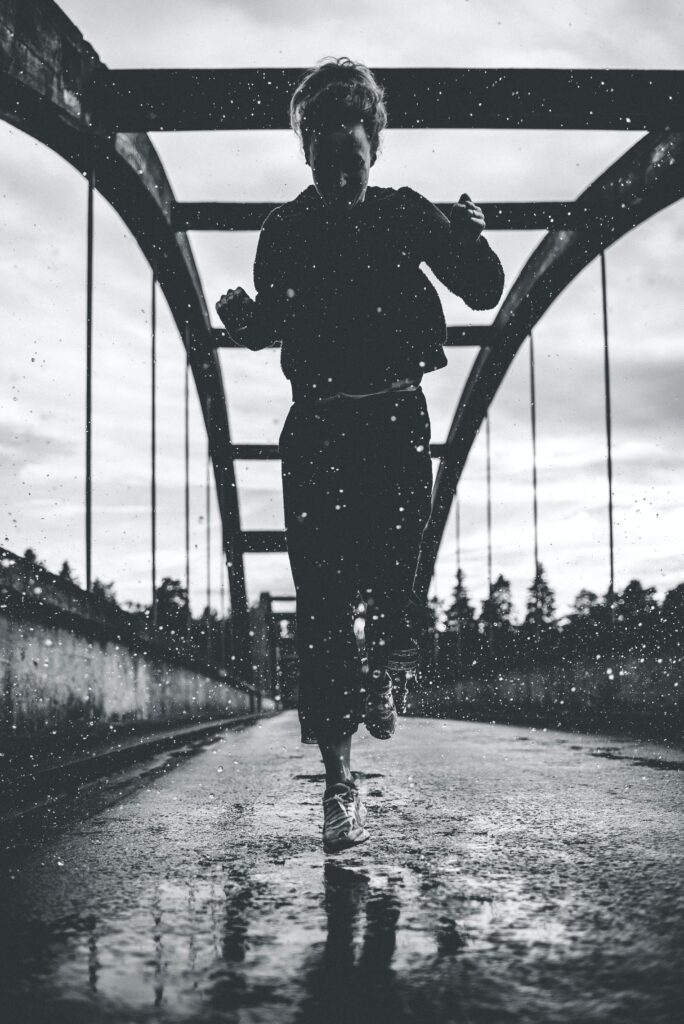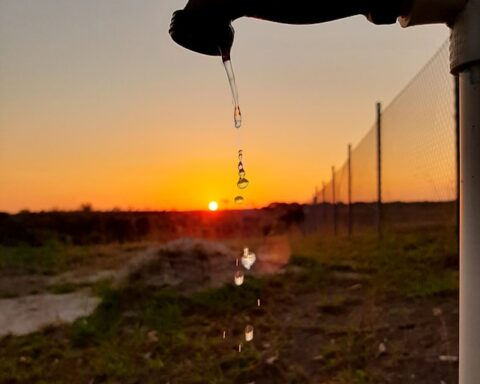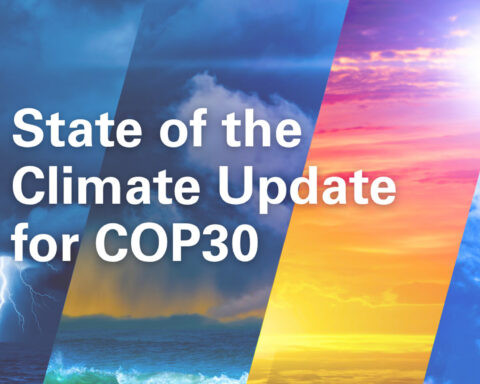One of the main reasons people take up physical activity is to stay healthy. It is worth taking this opportunity as often as possible to go outside. Regular outdoor activities toughen the body and reduce the negative impact of the weather on its functioning. While contact with nature increases the release of endorphins, making us feel happy. However, we should remember that the weather is not always favorable to recreation, and under certain conditions doing sport, even amateur sport, can be dangerous for our health and life.
AUTHOR: Grzegorz Kaliński, Institute of Meteorology and Water Management
In the 4th century BC, Greek philosopher and physician Hippocrates, in his work „About the air, waters, and places”, presented the hypothesis of the impact of the atmospheric environment on human health and well-being. He believed that the sun, water, and wind could harm the body and improve its condition. Hippocrates’ observations proved accurate and became the foundations of modern climatotherapy, i.e., climate treatment. Avoiding exposure to the atmospheric environment and staying most of the time in constant, low-stimulus conditions (e.g., in air-conditioned rooms) may contribute to the weakening of the body’s adaptive abilities. This, in turn, may lead to the development of meteoropathy – hypersensitivity to changing weather conditions. We wrote more about the influence of isolation from the atmospheric environment and its effects in the article „The impact of weather on the human body during an epidemic”[i]. The best way to counteract meteoropathy is to use primary prevention[ii] by frequent exposure to the weather. The most effective and simplest example of such prevention is passive or active recreation in the air. Passive, low-intensity rest (e.g., sun or air baths) is recommended primarily for people with reduced mobility, while active rest of greater intensity (e.g., hiking, jogging) – for people with full mobility.
Under what conditions is it best to do sports or recreation?
It all depends on the type of activity or discipline. When assessing the suitability of weather for exercise outdoors, a number of meteorological elements should be taken into account, such as cloudiness, sunshine, precipitation, air temperature, and humidity. You should consider the presence of air pollution and the condition of surfaces or water reservoirs. It should be remembered that the weather characteristics desired or even necessary for one activity may make it difficult or even impossible to undertake another activity. For example, a fairly strong wind, favorable for kite- and windsurfing, sailing, or kite-flying, will interfere with sunbathing and hiking and prevent recreational playing badminton or table tennis in an open area.

The optimal conditions for practicing most sports and recreation are sunny weather, with no precipitation, light or moderate wind, noticeably comfortable thermal conditions, not burdening the human thermoregulatory system, and without air pollution.
Of course, it should be remembered that everyone has different preferences that will vary depending on the activity undertaken. We usually expect high air temperature (e.g. >25°C), light wind, and little cloudiness when sunbathing. During team games (e.g. a football match), we prefer lower air temperature (19-23°C) and moderate or high cloudiness. In such conditions, the sun will not blind us and will not cause additional body heating.
The weather affects the human body continuously. Many factors occur simultaneously, and the atmospheric stimuli’ strength can reinforce each other. Therefore, the biometeorological indexes, including the sensible temperature, are an excellent complement to the information on weather conditions. This index determines what thermal sensation will occur under given weather conditions. For example, dry air and wind reduce the sensible temperature, while high humidity, no wind, and high sunshine significantly increase the feeling of warmth. If you are planning outdoor training or going for a walk or a bike trip, except the air temperature forecast, check the forecast of sensible temperature on the IMGW-PIB thematic website https://biometeo.imgw.pl/.
People interested in a more detailed analysis of thermal conditions can use the forecast of the Universal Thermal Climate Index. The index is used to determine the intensity of stress that the thermal environment affects the human body. In case of a very strong or extreme thermal cold or heat, taking up physical activity in the open area is inadvisable. In some cases, it may be necessary to temporarily limit the stay outdoors, also with less intense stress.
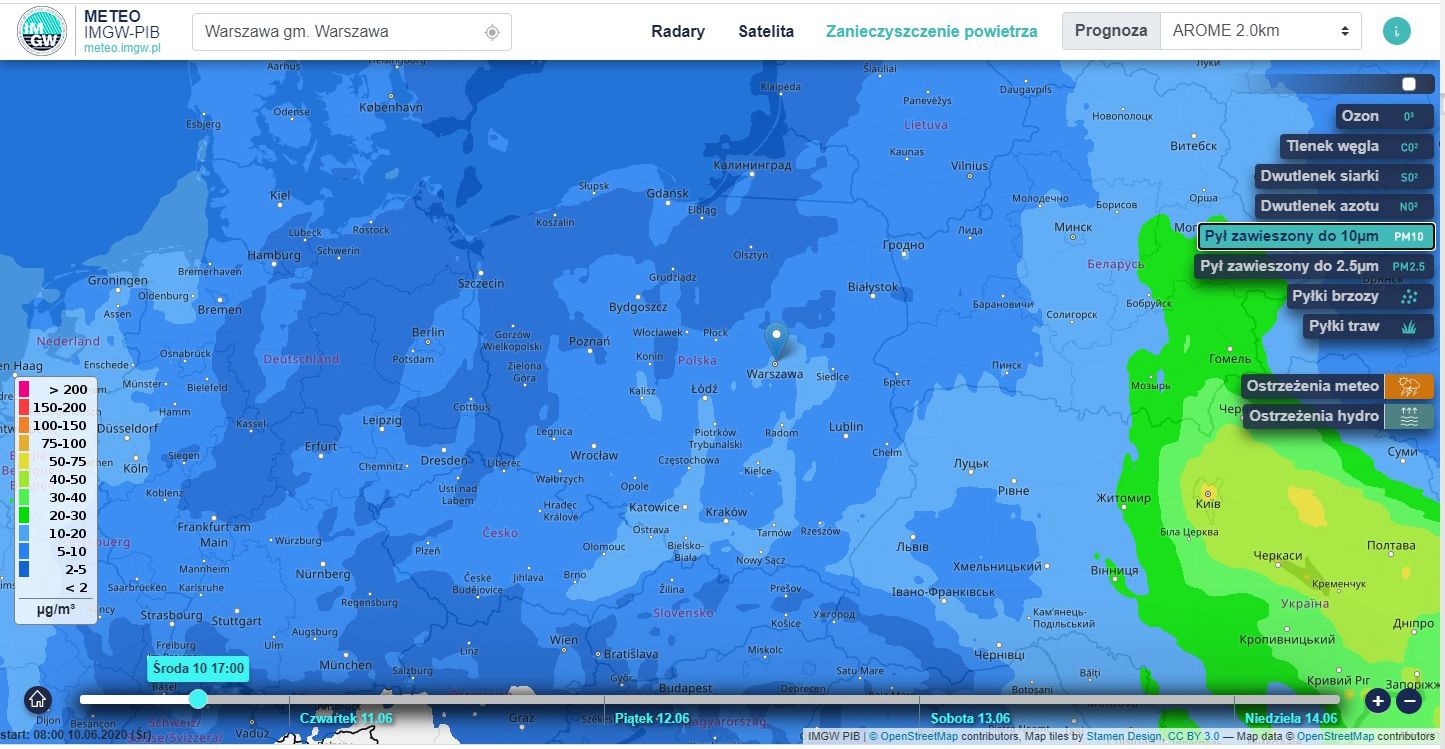
When undertaking any physical activity outdoors, pay attention to the weather dynamics. Violent convective phenomena are hazardous, i.e., thunderstorms and linked lightning, heavy rainfalls, and wind gusts. They pose a real danger to the health and life of people staying in the open area. Heat and severe frost can also be dangerous.
High air temperature, combined with intense solar radiation and high air humidity, significantly impede the transfer of excess heat from the body to the environment during physical exercise and stress the heart, resulting in overheating and heatstroke. In addition, people who do sports during the heat lose a lot of water due to sweating, leading to poor well-being, nervousness, difficulty concentrating, and even dehydration. When estimating the daily water demand, depending on the dominant form of spending time, the forecast of water loss from the body may be helpful. If we want to keep fit also during the heat, it is recommended to postpone training to the morning or evening hours.
During the winter season, it is essential to use clothing adapted to the prevailing thermal conditions, does not restrain movement, protecting against precipitation and wind, which enhances the feeling of cold. The clothing thermal insulation index is used to determine the garment necessary to protect the human body against excessive cooling in the forecast thermal conditions. Its forecast is useful in winter and transition seasons when the days are already warm, but the mornings and evenings are still cool. In winter, excessive body cooling, with inadequate protection, may result in frostbite. Apart from the low air temperature, additional factors accelerating their formation are high wind speed and uncomfortable clothing or jewelry. It should be remembered that the bare skin of the fingers frostbites six times faster than the skin of the face. Remember about this when planning a winter trip to the mountains.
Outdoor physical activity promotes health, physical condition, and well-being. However, when taken in extreme conditions, it may pose a danger to life and health. Therefore, when planning training, trip, or even a walk, it is worth using weather forecasts that include biometeorological indexes that better reflect the actual state than the basic weather characteristics. The perfect conditions for sports and recreation are where we enjoy our activity the most. Most people expect weather without precipitation, with light or moderate wind, moderate cloudiness, and comfortable thermal conditions without high contrasts. As unfavorable to most outdoor sports, you can indicate foggy, humid weather, rainfall, gusty wind, extreme, uncomfortable thermal conditions, and limited direct solar radiation. Remember that it is worth toughening the body by taking up activity also in unfavorable conditions as part of primary prevention, limiting the unpleasant effects of meteoropathy.
[i] https://obserwator.imgw.pl/wplyw-pogody-na-organizm-czlowieka-w-czasie-epidemii/
[ii] Primary prevention means preventing the occurrence of a disease by increasing resistance to disease or reducing the exposure of people sensitive to harmful factors.
